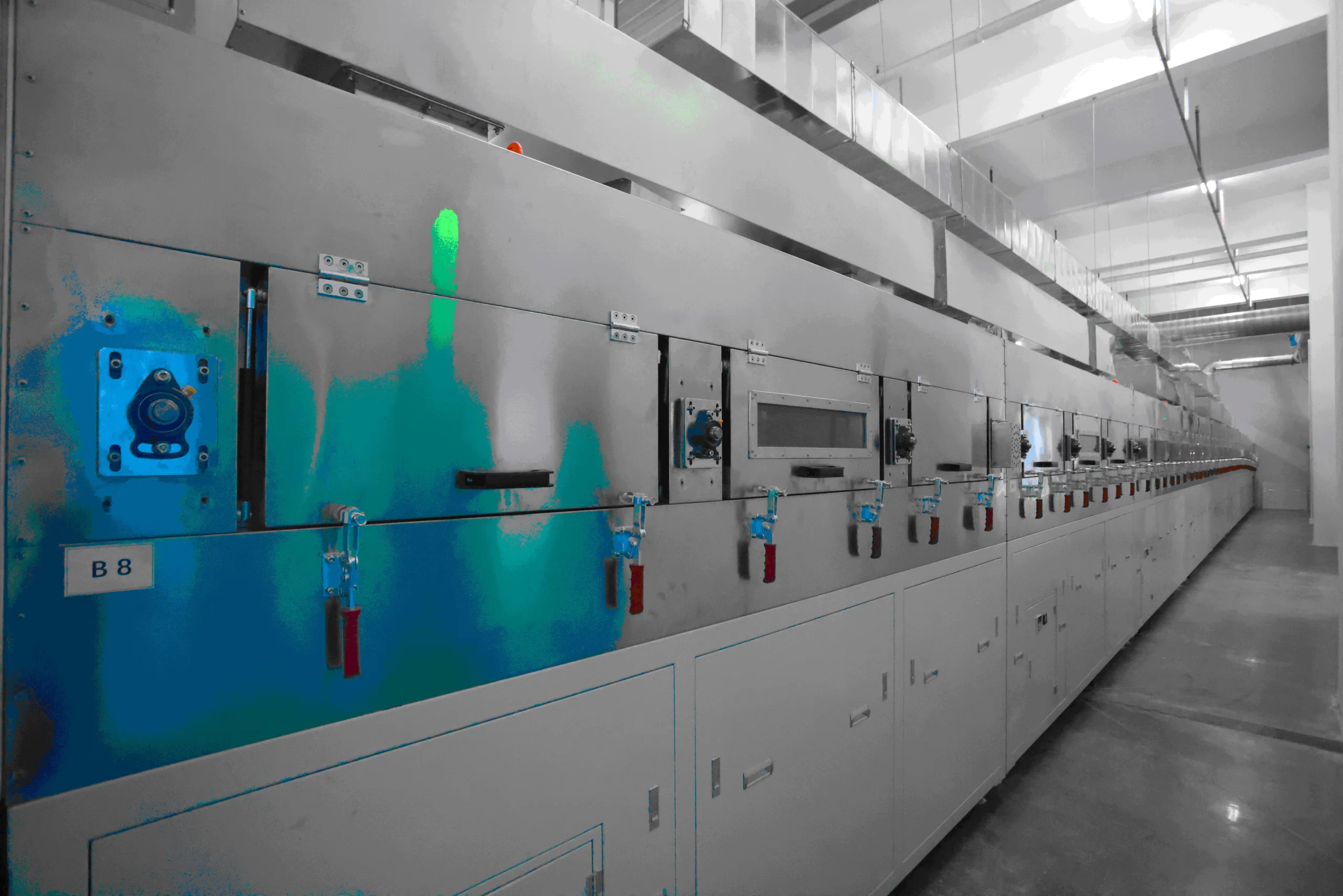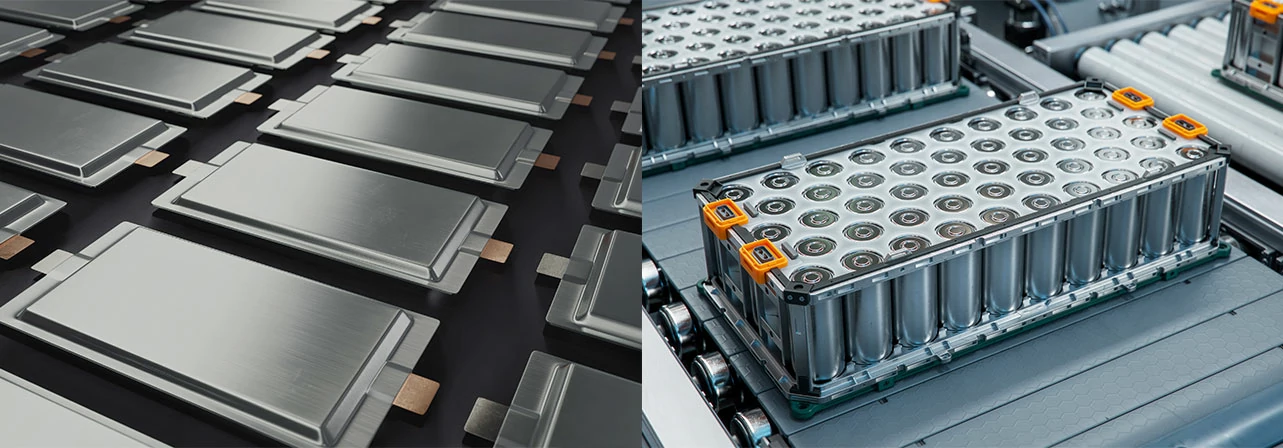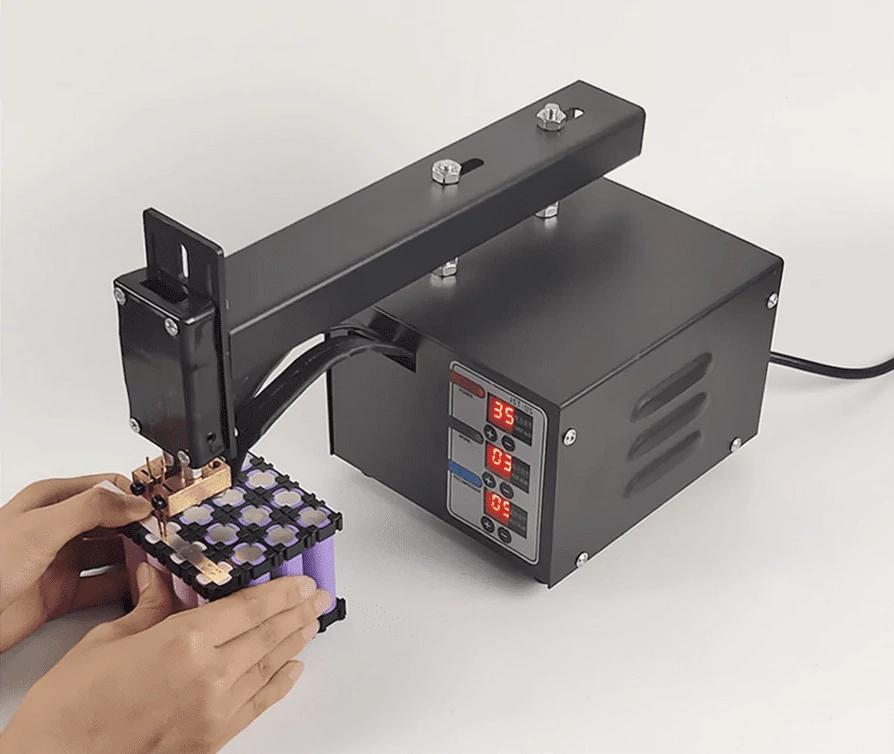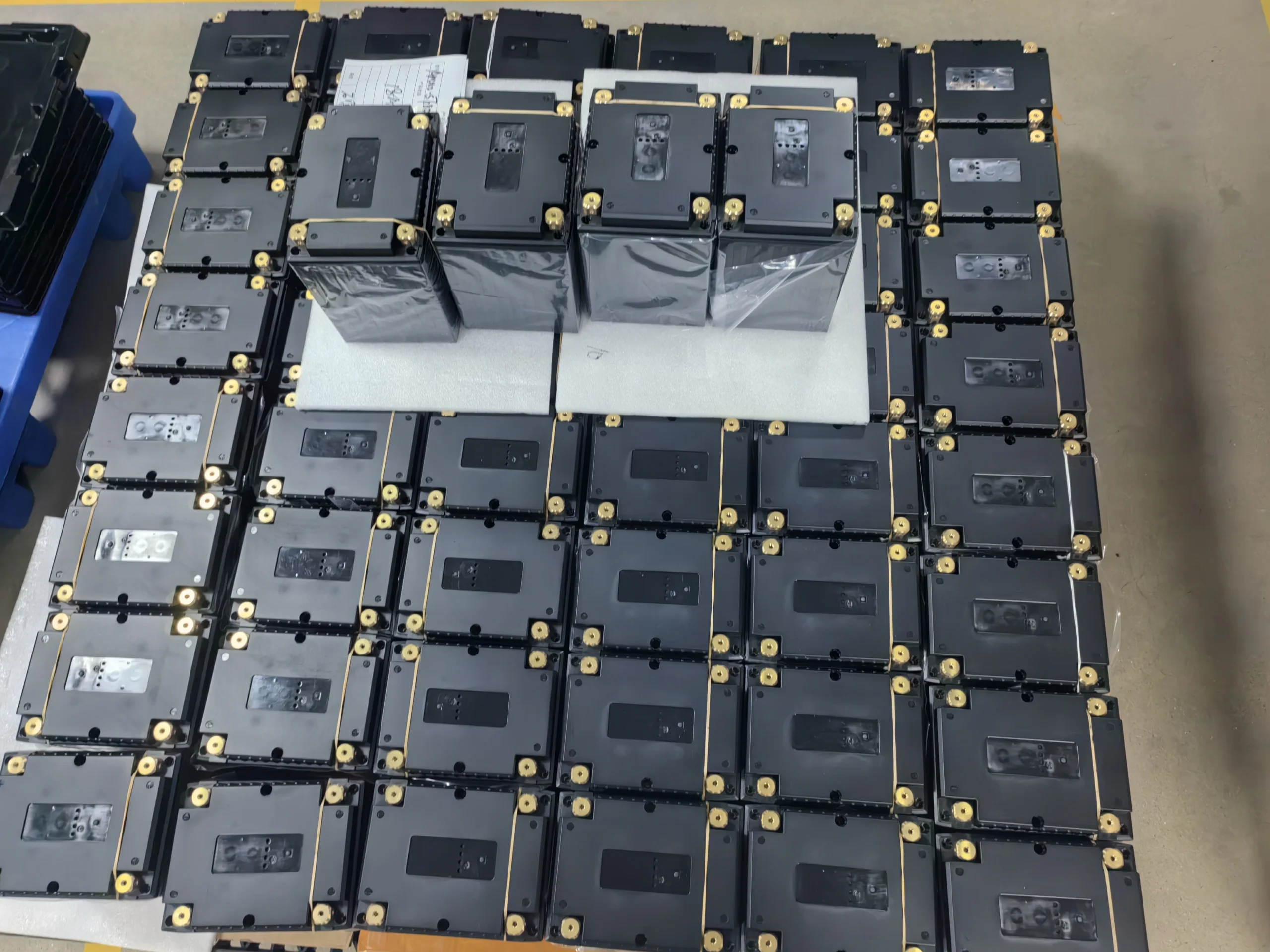Lithium-ion battery shell inkjet coding process
main content
Shell coding is one of the key processes in the manufacturing of lithium-ion batteries. By precisely marking information such as model, production batch, and safety certification on the surface of the shell, it enables full life cycle traceability and brand management of the product. In the field of lithium-ion start-stop batteries for motorcycles, the inkjet coding process needs to take into account the challenges of high-frequency vibration, extreme temperature changes and complex working conditions. Technological innovation and quality control have become the core links to ensure battery safety and market competitiveness. This article conducts an analysis from the aspects of inkjet coding mechanism, technological evolution, the particularity of motorcycle applications and industry trends.
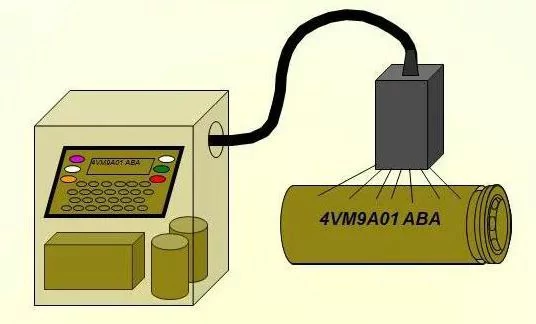
I. Physical and Chemical Mechanisms of Inkjet Coding Technology
1. The adhesion of the ink is compatible with the shell material
The shells of motorcycle batteries mostly adopt 6061T6 aluminum alloy (yield strength ≥270MPa) or engineering plastics (such as ABSPC alloy), and the inkjet coding ink needs to meet the adhesion requirement of ≥3B (ASTM D3359 standard). Uv-curable inks (such as acrylate systems) complete cross-linking reactions through photoinitiators at a wavelength of 365nm, forming wear-resistant coatings with a bonding strength of 1520MPa to aluminum shells. For the PET insulation layer, the use of modified polyurethane ink can achieve a wetting effect with a surface energy of ≥50mN/m.
2. Thermal effect control of laser marking
The fiber laser (wavelength 1064nm, power 2050W) forms a micron-scale oxide layer (depth 520μm) on the aluminum shell through thermal ablation, and the marking contrast L value is ≥75 (CIE LAB standard). The heat-affected zone (HAZ) is controlled within 30μm through the PID temperature control algorithm to avoid the decline in the mechanical properties of the shell (tensile strength loss ≤5%).
Ii. Particularity of Battery coding for motorcycle start-stop
1. Anti-vibration and anti-corrosion design
Structural adaptation: The split middle frame structure requires that the inkjet coding position avoid the sealing silicone layer. Usually, a 7mm×15mm area on the upper cover (≥5mm away from the explosion-proof valve) is selected to ensure sealing and vibration resistance.
Weather resistance enhancement: Using nano-SiO ₂ modified epoxy resin ink, after a 1000-hour salt spray test (5% NaCl), the character clarity retention rate is ≥95%. This coating technology can effectively deal with the corrosion problem of motorcycles in damp and high-salt environments.
2. Intelligent traceability and anti-counterfeiting integration
Qr code capacity optimization: The Data Matrix code (24×24 module) stores 32 bytes of information, including key data such as production date, batch number, and BMS version number. It supports wechat scanning and parsing to achieve full-chain traceability from production to recycling.
Invisible anti-counterfeiting technology: Ultraviolet fluorescent ink (excitation wavelength 254nm) marks dark codes at concealed positions on the shell, with a false recognition rate of ≤0.01%, effectively preventing the circulation of counterfeit products.
Iii. Innovation of Mainstream Inkjet Coding Technologies and Equipment
1. Laser marking technology
The oxide layer is formed through thermal ablation, with an accuracy of ±0.05mm and a speed of 1200 characters per second. It is suitable for permanent marking of metal shells. Its advantage lies in the fact that no consumables are needed, but the heat-affected zone needs to be strictly controlled to maintain the strength of the shell.
2. UV inkjet coding technology
By using the instantaneous cross-linking of UV-curable resin, the resolution can reach 600dpi, and it supports color printing on curved and irregular-shaped shells at 80m/min. Soy oil-based UV ink (VOCs≤10g/L) has outstanding environmental protection performance, and its curing energy consumption is 40% lower than that of traditional solvent-based types.
3. Intelligent system integration
Visual positioning: A 5μm linear array CCD is used in conjunction with a six-axis robotic arm to achieve dynamic focusing of the curved shell (Z-axis compensation ±0.1mm), ensuring the consistency of inkjet coding on complex geometric surfaces.
Data interconnection: By connecting with the MES system via the OPC UA protocol, the BMS calibration parameters can be retrieved in real time and written into the QR code, supporting the dynamic binding of production data and quality parameters.
Iv. Key Process Parameters and Quality Control
1. Fine-grained control of parameters
The height range of laser marking characters is 1.55.0mm, the line width error is ≤±5%, and the ink layer thickness is 815μm. The character height of UV inkjet coding is 0.83.0mm, the line width error is ≤±3%, and the ink layer thickness is 1020μm. Both need to pass the 3B-level adhesion test.
2. Online detection technology
Machine vision verification: Deep learning algorithms identify character defects and tilts (Angle deviation ≤1°), with a misjudgment rate of ≤0.1%, significantly improving detection efficiency.
Spectral analysis: LIBS technology monitors the elemental composition of the laser marking area in real time (Al content ≥95% is qualified) to ensure that the material composition meets the design requirements.
V. Industry Trends and Technological Challenges
1. Functional integration innovation
Sandi Digital has launched an uncovered digital coating technology, which simultaneously completes insulating coatings and information coding, reducing process time by 30%. The Domino Gx350i device supports the printing of miniature anti-counterfeiting codes within a 0.5mm area around the electrolyte injection port, breaking through the limits of traditional processes.
2. Full life cycle management
The blockchain traceability platform enables the immutable storage of information such as charge and discharge cycles (≥2000 times) and maintenance records by uploading inkjet code data onto the chain. After the battery is retired, the laser cleaning system (pulse width 10ns) can remove the original marks and re-spray codes, increasing the shell reuse rate to 85%.
Conclusion
The intelligence and environmental protection of shell inkjet coding technology are driving the iteration of lithium-ion start-stop batteries for motorcycles towards high reliability and high traceability. Through the integration of laser UV composite printing, blockchain data binding and recycled marking technology, modern battery marking has broken through the traditional single contract manufacturing model. In the future, with the in-depth application of quantum dot fluorescence labeling (such as sulfur quantum dot technology) and AI defect detection, inkjet coding technology will achieve new breakthroughs in the fields of nanoscale information storage and full supply chain visualization, creating a "digital ID card" for new energy motorcycles.

START-STOP LITHIUM battery
Enov start-stop battery is designed to provide excellent performance for high-demand start-stop vaehicles. It adopts the third-generation intelligent lithium platform architecture to achieve technological breakthroughs in core indicators such as cycle life, environmental adaptability and energy density. Compared with the traditional lead-acid battery system, the energy efficiency is increased by 210%, the cycle life is extended by 8-10 times, and the monthly self-discharge rate is controlled within 3%. Enov's unique low-temperature battery technology makes a breakthrough in achieving stable output in the whole climate domain from -30℃ to 65℃, maintaining more than 90% of the effective capacity release under extremely cold conditions (-30℃), and maintaining 90% of the capacity in high temperature environments (65℃).
The start-stop battery series products cover the mainstream voltage platform of 12V/24V/48V, and support flexible configuration of LFP (lithium iron phosphate) and NCM (lithium nickel cobalt manganese oxide) dual-material system. All models adopt modular design to support customization of different model specifications. Enuo engineering and technical team to provide full cycle technical service support, if you need, please contact us.
Other products
UAV BATTERY
LITHIUM ENERGY STORAGE BATTERY
QUICK INQUIRY
FAQ
Access to high frequency technical questions with one click, get accurate answers on product application, after-sales policy and customization process.
Service and Support
Get the latest product specifications, explore professional OEM/ODM customization services, click to open exclusive technical support and production solutions.
Become a Partner
We sincerely invite resources to interconnect, work together for win-win development, and immediately open a new chapter of strategic cooperation!
